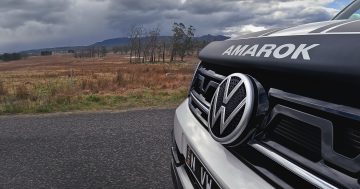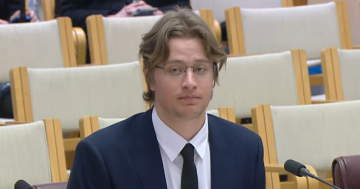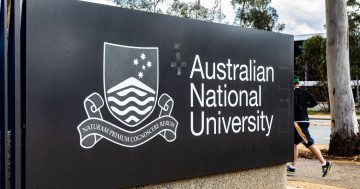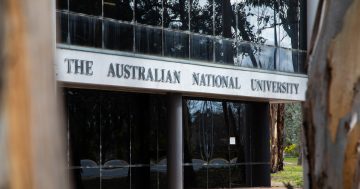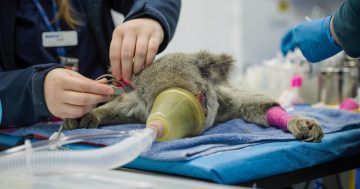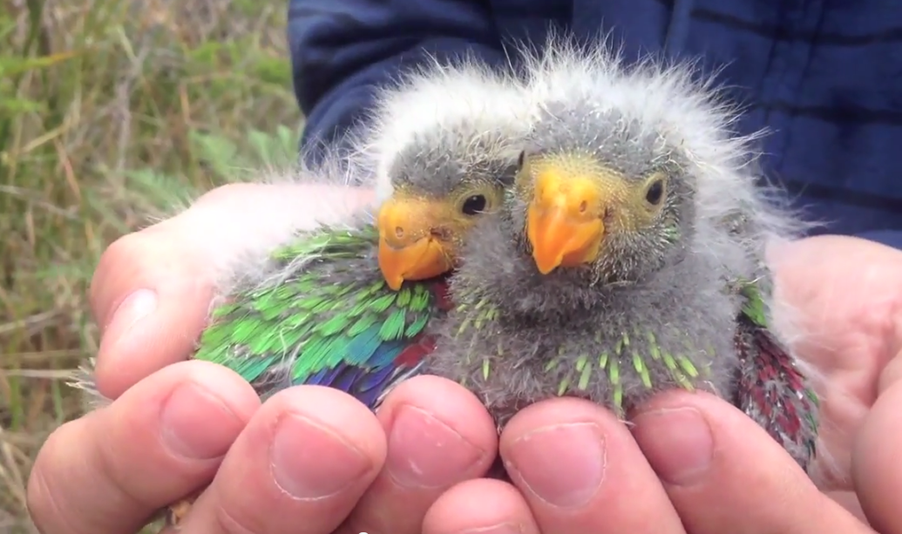
Swift parrot chicks: the species is still facing an uncertain future. Photo: Dejan Stojanovic.
The number of swift parrots in the wild could be as low as 500 and falling, according to a study by two Canberra academics from the Australian National University (ANU).
Using new methods, including updating their sample size of parrots to include a decade’s worth of data, ANU researchers Dr Dejan Stojanovic and Dr George Olah said they were able to get a more accurate picture of the crisis facing the birds. They said the 500 figure was marginally better than the previous estimate of only 300 birds.
“By searching for nesting swift parrots over 10 years, we collected one of the largest genetic data sets for any threatened bird in Australia,” Dr Stojanovic said.
“The swift parrot is critically endangered – our conservation strategies depend on knowing how many birds are still alive in the wild,” he said.
“We need this information to work out how much time we have left to save them from extinction.
“We found that despite using a different method, we got a similar result – the new method just gave us a little more precision.”
Dr Stojanovic said we must protect what’s left of their habitat to save them. They are mostly found in Tasmania but fly to the mainland in search of food.
“In Tasmania especially, we already know the places that are important for swift parrots, but the main barrier to protecting them is a political one – we have been let down by successive governments more interested in playing politics with swift parrots than actually protecting them.”
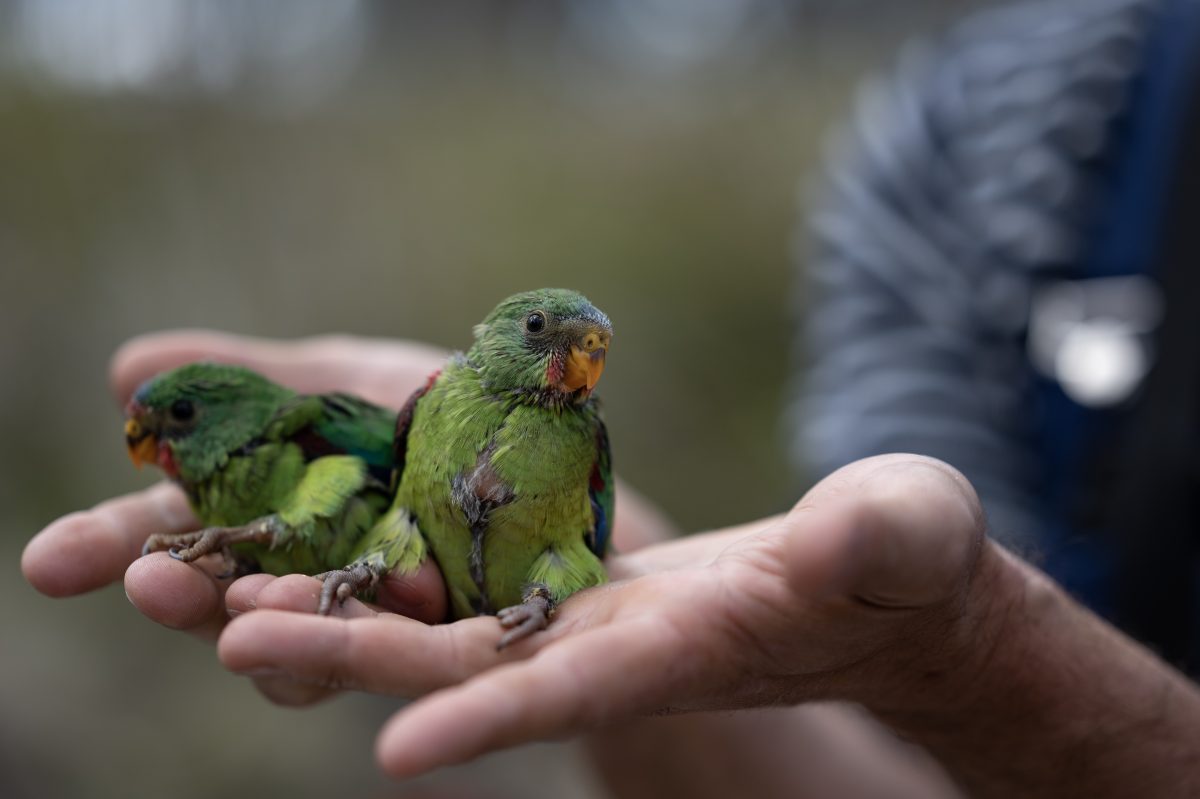
New research indicates there could be 500 swift parrots in the wild. Photo: James Walsh/ANU.
He said that as nomadic birds, they moved around wherever they could find food.
“They do occasionally come to Canberra, and there’s always a lot of excitement when they do. Their nomadism makes it hard to predict where they will go, so each year it was the luck of the draw as to whether they turn up in any given area and it’s determined by tree flowering patterns.”
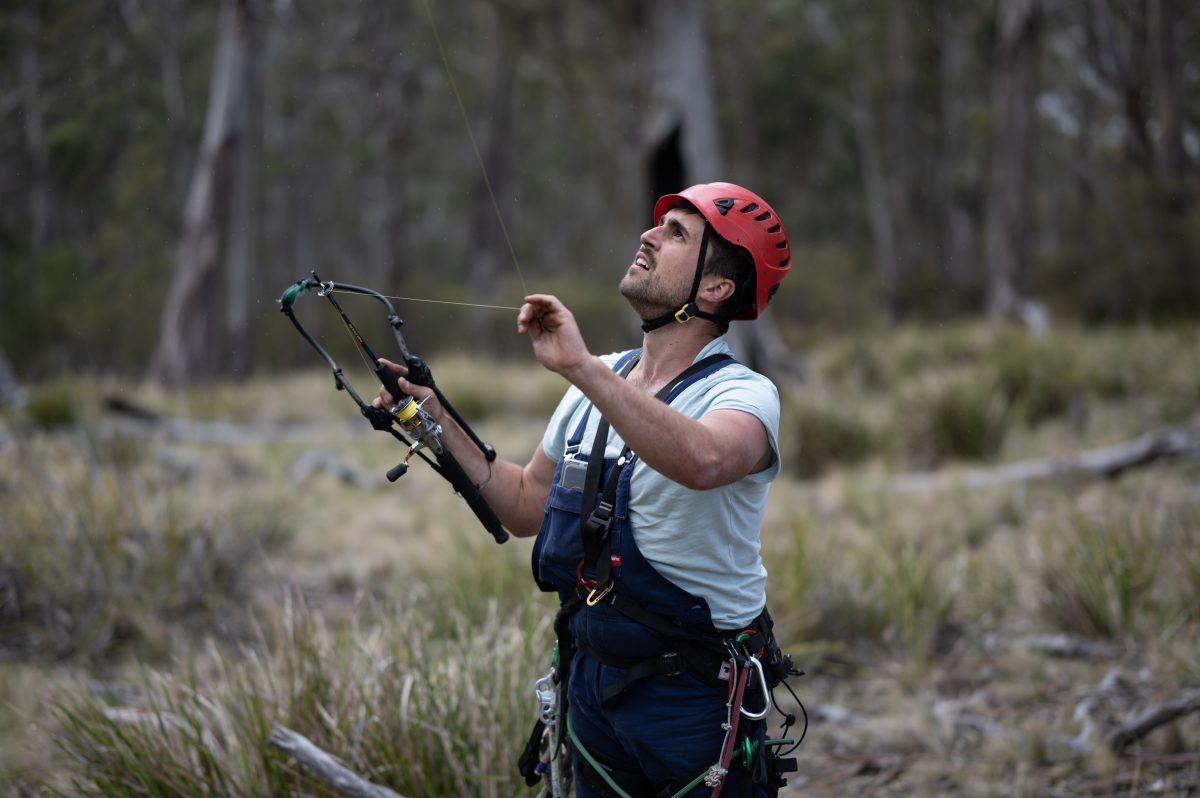
Dr Dejan Stojanovic watching for swift parrots out in the field. Photo: James Walsh, ANU
Dr Stojanovic said scientists believed there were many more swift parrots in the past but that over decades of habitat loss, their numbers had dwindled “to the tiny population sizes we see today.
“Despite this collapse in population size, we continue to fail to protect the forests they depend on, and unless we change forest protection laws, the species will go extinct.”
Co-author Dr George Olah, also from the ANU, said the latest results confirmed “we are running out of time to save the swift parrot.
“No matter which way you look at it, the number of surviving individuals is tiny,” he said.
He blamed their declining number on the logging of their Tasmanian breeding habitat.
“Our results add to a mountain of evidence that swift parrots will go extinct unless we urgently change how we manage Tasmanian forests.”
Original Article published by Sally Hopman on Riotact.


